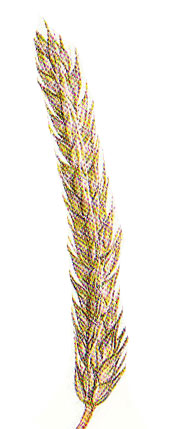Brewing It For Ourselves: A Short Guide To The Long History Of American Homebrew
A Short Guide To The Long History Of American Homebrew

Latest Article|September 3, 2020|Free
::Making Grown Men Cry Since 1992

